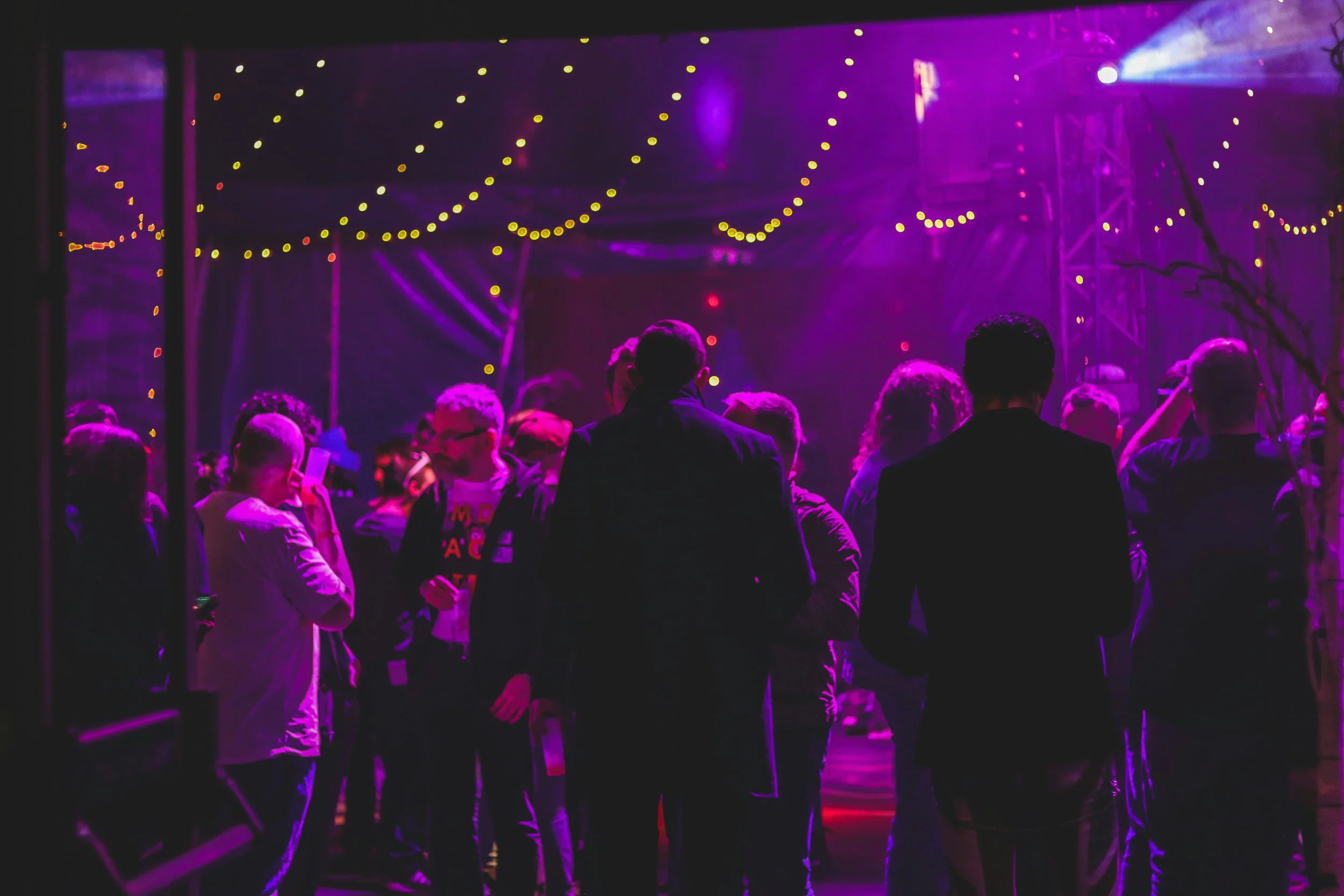What is dimming London’s nightlife
London’s nightlife is experiencing significant struggles. Pubs are closing early, late-night venues are shutting down rapidly, and grassroots venues are feeling the pinch. The financial strain is keeping people from going out as much.
Here’s what’s happening:
Operational Costs
Gentrification, inflation, and increasing business taxation are driving operational costs sky-high for night-time businesses, particularly pubs and clubs. Many establishments are being forced to close entirely or cut operating hours to reduce expenses. While these challenges affect businesses of all sizes, grassroots and independent venues are hit hardest, leaving only large-scale venues with the resources to endure.
These difficulties are compounded by emerging trends such as ticketed events and festivals, which are reshaping the market. Smaller venues find it increasingly difficult to compete with high costs.
Authorities’ negative perceptions
Night-time venues are culture spaces, community spirits, and hubs of innovations.
But for regulators and policymakers, the night-time economy always seems to be associated with crime, nuisance and negative impacts on residents. Policymaking becomes a single choice between residents or buzzing nights.
This bias results in policies that restrict the sector rather than support its growth while ensuring public safety. Regulations frequently place enforcement responsibilities on night-time businesses instead of addressing underlying societal issues.
The cultural and economic contributions of these venues are often overlooked. Despite their role in nurturing artists and providing critical cultural infrastructure, late-night venues are rarely seen as an integral part of the cultural sector. As Mike Levitt, founder of Ormside Projects, said to FT, “As a late-night venue, it feels as if you have to prove you’re culturally important to justify a licence.” Levitt faced years of challenges before obtaining a licence that allows his nightclub to play music after 11PM in a post-industrial area in South London.
Overlooked in City Planning
The night-time sector has little to no mention in national or regional planning papers. This often leaves night-time venues unprotected from the wave of residential developments.
In its own report on London’s music venues, the GLA recognises that “more can be done to recognise live music venues in planning policy and provide guidance for decision makers.”
However, as the population is growing, demand for housing is increasing and taking priority. There have been many cases in the last decades where new residential buildings were given permission to move in close proximity to long-existing venues. They are consequently subject to increasing pressure caused by site constructions and, later on, noise complaints from residents.
It is also made more difficult by the lack of an Agent of Change principle in the UK, which requires new developments, rather than existing buildings, to consider the impact of existing noise and other nuisance-generating activities.
Workforce Struggles
Workers in the night-time economy often face precarious conditions, including low wages, limited late-night transport options, and safety concerns when commuting late at night.
Official London data shows more than a third (39%) of night-time cultural and leisure workers are still paid below the London Living Wage. A survey also found many of them lack certainty and control about when they will work. 69% of them would choose to change to working during the day if possible.
Any wage increase has been made difficult by the employer National Insurance increase announced in the recent Budget. And the hiring cost is difficult for hospitality businesses to pass onto customers due to already high costs. Combined with new employment regulations, job cuts might seem inevitable for businesses that are struggling.
Changing Market
Complicating matters is the evolving consumer behaviours, especially that of young people, where shifting behaviours are making an impact. From how much people are willing to spend, to changing drinking culture. There is a demand for constant adaptation from businesses.
The shift has brought about various changes. Not only do people prefer a night out without the booze, latest figures from the NHS suggest a third of people under 25 have not drunk alcohol for at least a year. Tesco sales data shows sales for no and low-alcohol beer have increased by more than 20%.
The lingering cost-of-living crisis has left consumers with less cash in their pockets, and with increasingly pricey pints, customers find it less worthwhile to get drunk in a pub or club. Experts also suggest that covid has had a profound impact on young people’s social habits who haven’t gotten used to going out clubbing.
The Way Forward
People want London buzzing around the clock, though many might have different views from the London night czar on the capital being a 24-hour city. This aspiration must be embraced by all stakeholders— from developers, urban planners and residents to police, local councils and clubbers alike—to ensure a unified direction and shared commitment to revitalising the nighttime economy.
Lingering old pressures and emerging challenges are dimming London’s nightlife: Rising operational costs, a lack of recognition from policymakers, and an unsupportive regulatory environment continue to hinder progress. Within the sector, stumbling workforce prevents sustainable and stable development. workforce shortages undermine the sector’s ability to achieve sustainable growth, while rapidly shifting market demands force businesses to adapt at an unprecedented pace. To solve the profound and complex crisis, we must rethink our approach
Collaboration is no longer optional; it is imperative. Without meaningful action, the lights of London’s nightlife risk dimming for good, taking with them an irreplaceable part of the city’s identity.

